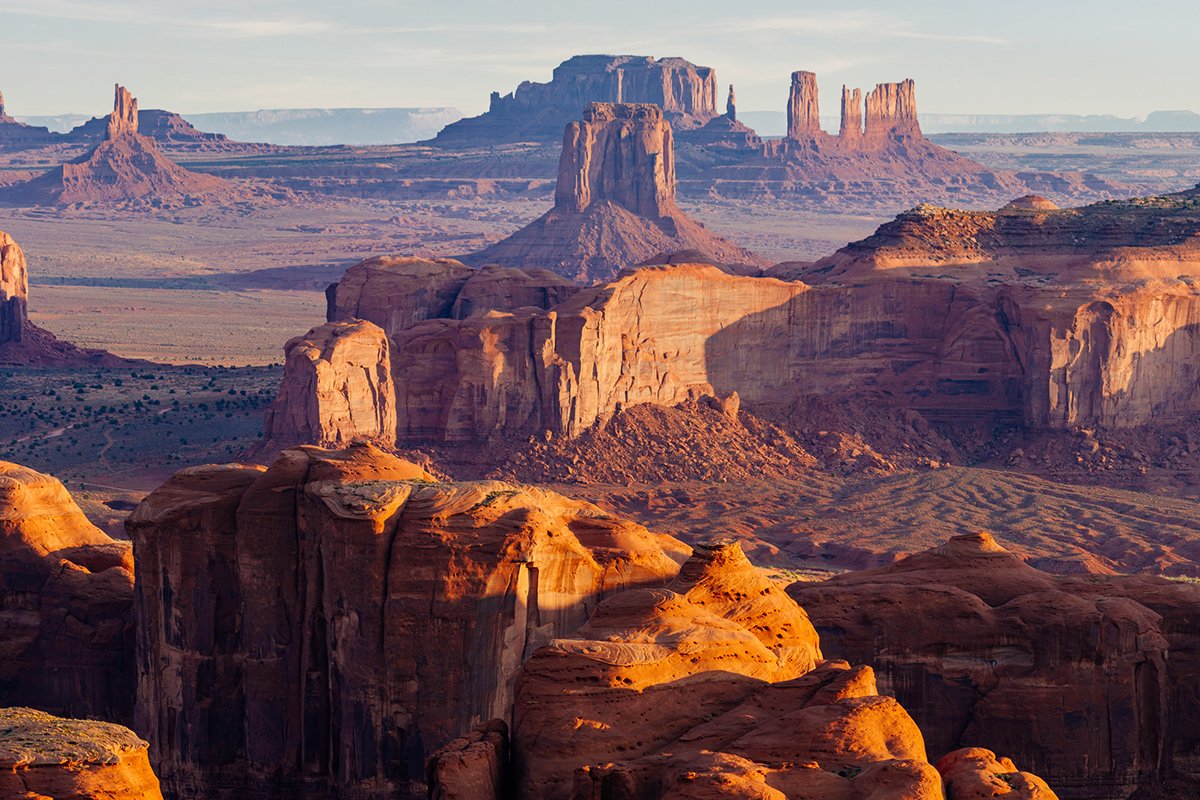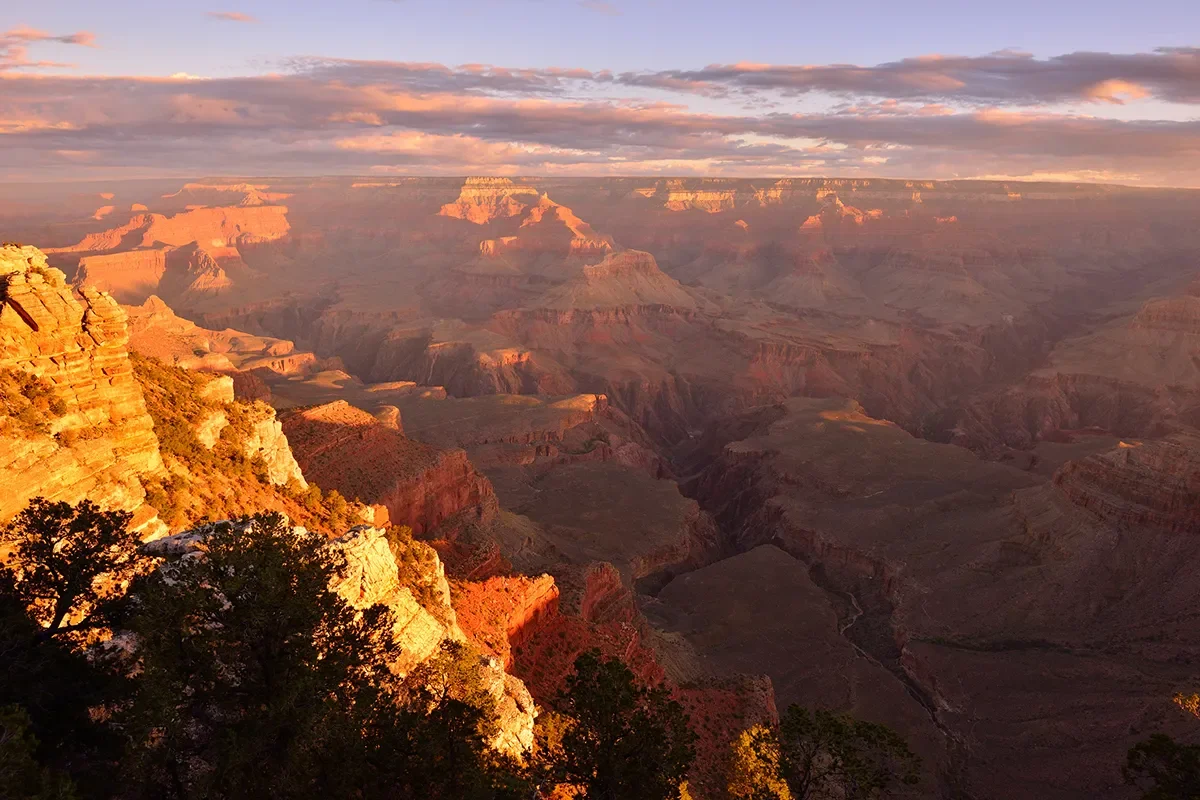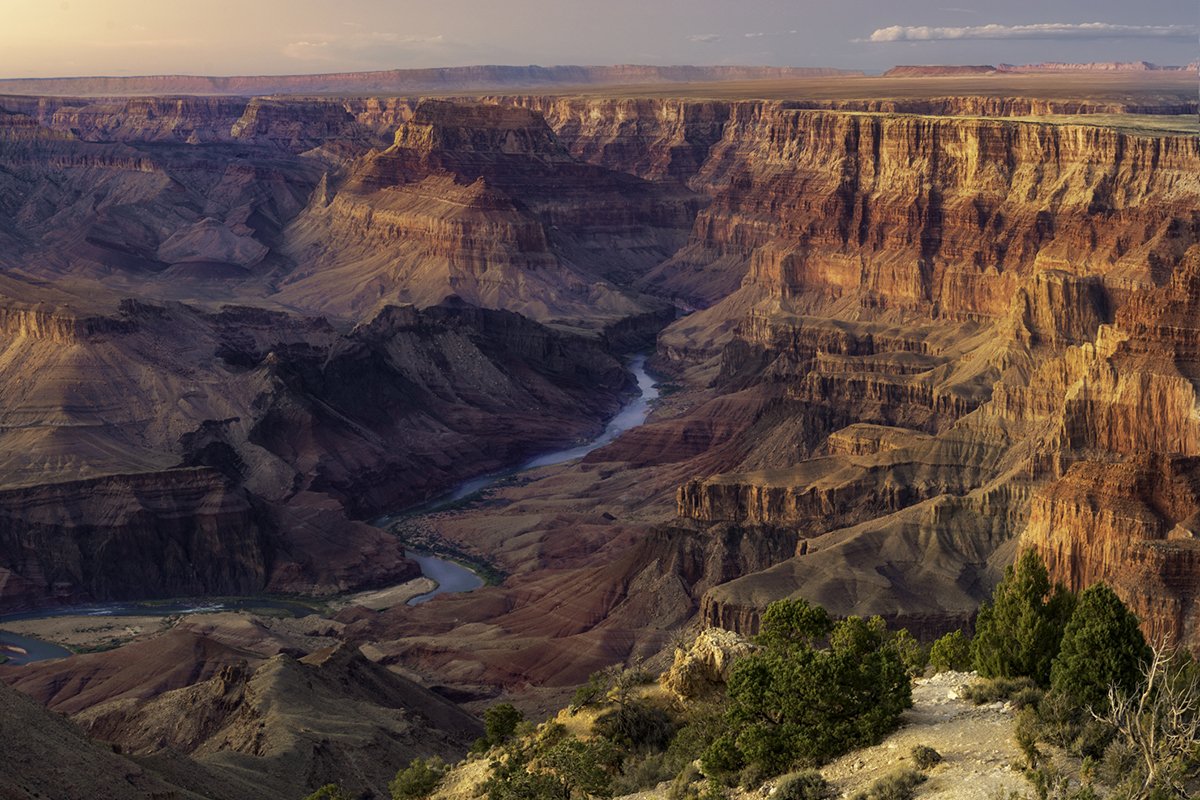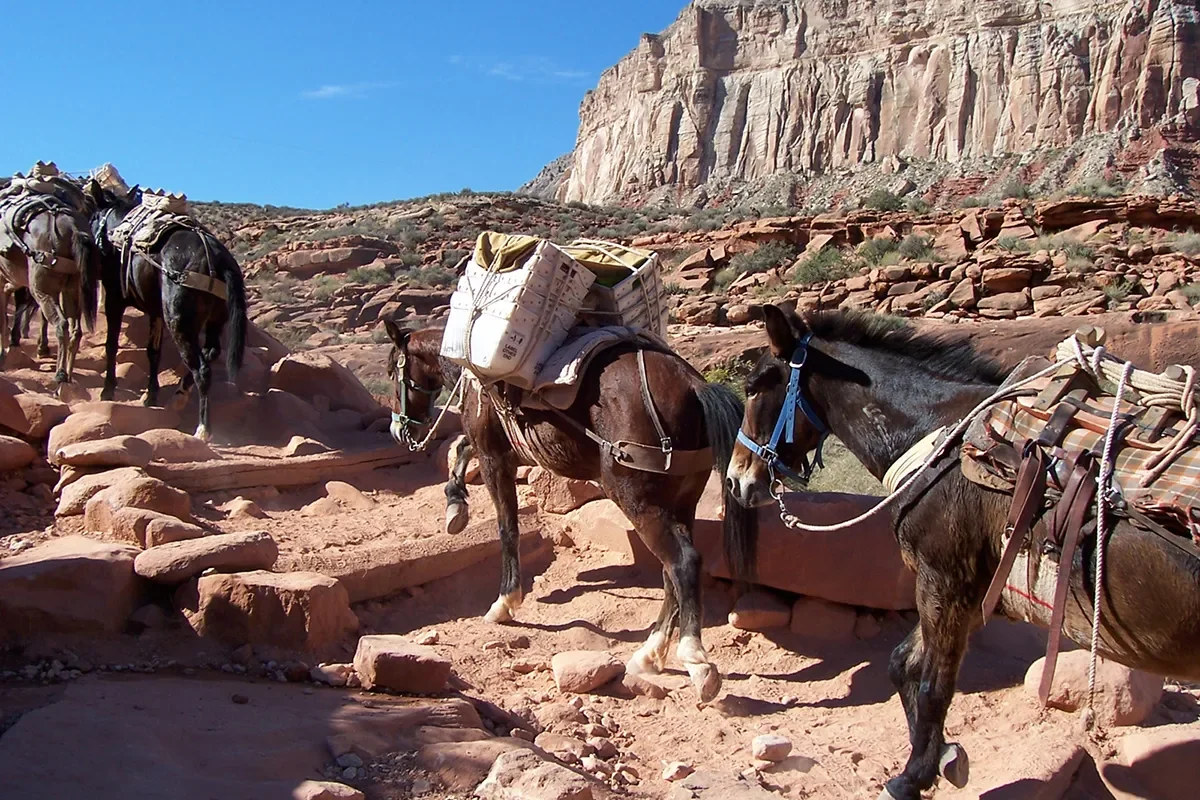5 Things You Didn’t Know About Grand Canyon National Park
Grand Canyon National Park is located in northern Arizona and is considered to be one of the greatest examples of erosion in the world. The park is incredibly popular and offers a variety of outdoor activities, including rim-to-rim hiking, white water rafting, and mule rides.
With two rims offering very different views, you’ll be able to head to the Grand Canyon multiple times and experience different views and vivid imagery that cannot be compared to one another. They do call it the Grand Canyon, after all.
Here are five facts you may not have known about this incredible place.
5. The Exact Age of the Grand Canyon Is Unknown

The Grand Canyon exists due to tectonic uplift, and parts of the Grand Canyon are older than others. While scientists have been arguing over the exact age of the rocks for over a century, it is believed that the Grand Canyon is somewhere between 70 million and 5 million years old, which is a big range. Depending on the area of the rock you test, either could be considered right, as the rocks have continued to form and change over time.
4. There Are Fossils in the Park, But None Belong to Dinosaurs

There are a variety of fossils within the Grand Canyon, including ancient marine fossils that date back over a billion years. Unfortunately, if you’re looking to find some dinosaur remains and fossils at the park, there is a very low chance of finding them. Though the rocks in the Grand Canyon are significantly older than the dinosaurs, the formations didn’t come to be until after the dinosaurs went extinct. So if you’re looking for dinosaur fossils, you might want to pick a different national park.
3. It Is Considered to be a Gateway to the Afterlife

The Hopi tribe is one of the oldest tribes in documented history, and they spent much of their time in the Grand Canyon. According to the Hopi, the Grand Canyon is where they emerged, at a place called the Sipapuni, which is the gateway to the afterlife.
2. It’s Home to a Tiny Town

At the bottom of the Grand Canyon is the city of Supai, and is not actually a part of the national park. The town consists of about 200 people and is usually not a traveler’s final destination. To visit, you’ll have to apply for—and receive—a permit. To get to Supai, you’ll need to hike the eight miles, travel via horse or mule, or fly in via helicopter. When you arrive in Supai, you must stay at least one night. The citizens of Suapi are not tour guides, so please be respectful.
1. The Pink Rattlesnake Can Only Be Found in the Grand Canyon
There have been at least 11 documented rattlesnakes in the national park, and the Grand Canyon Rattlesnake has never been found anywhere else in the world. This specific species of rattlesnake is often described by the pink color of its scales. The Grand Canyon Rattlesnake has been seen in areas such as Lees Ferry all the way to National Canyon.
Source: https://outdoors.com/things-you-didntknow-about-grand-canyon-national-park/






